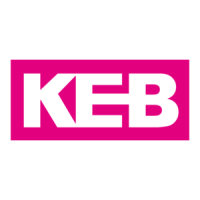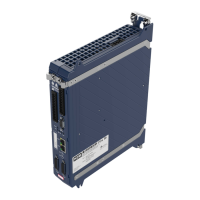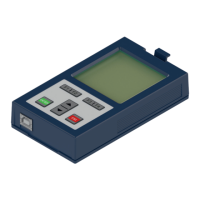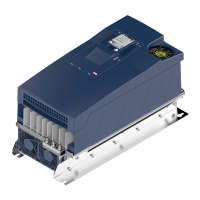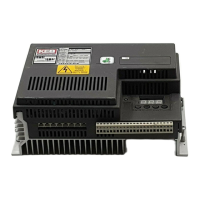Table 4-3: Switching threshold for braking transistor
The braking transistor is switched on as soon as the DC link voltage exceeds the
threshold and switched off as soon as the threshold is below the threshold. The
maximum switching frequency is currently 4kHz.
By default, when the braking transistor is activated via DC link voltage, it is only ac-
tivated when the modulation is enabled.
Also the braking transistor is not switched on if there is an error or the modulation
is deactivated by the status machine.
Exception: if in ds04 current mode in bit 3: bandpass filter the setting "8: on“ is se-
lected or if the voltage exceeds OP2 (extreme overvoltage level), the braking tran-
sistor is never deactivated.
4.5.1.1.2 Activation via digital input
In addition (corresponds to OR link), the braking transistor can be also be activated
by a digital input.
The digital input can be selected in pn31 enable braking trans. source.
Activation via digital input always operates when ru04 supply unit state is 4: run,
independent of the modulation release.
4.5.1.1.3 Deactivation options
In parameter pn33 braking transistor mode it can be variably configured which
sources can deactivate the braking transistor. The activation sources are OR
linked. This means: if the braking transistor is activated due to the DC link voltage,
the status of the activation via the digital input has no longer any influence.
The specification that the braking transistor is never deactivated when the bandpass
filter is active remains. This exception has priority over the settings in pn33.
The braking transistor can generally only be activated when the precharging is
completely finished (ru04 supply unit state = "4: run“).
Exception: If the deactivation of the input thyristors is triggered by OP2, the braking
transistor remains active.
